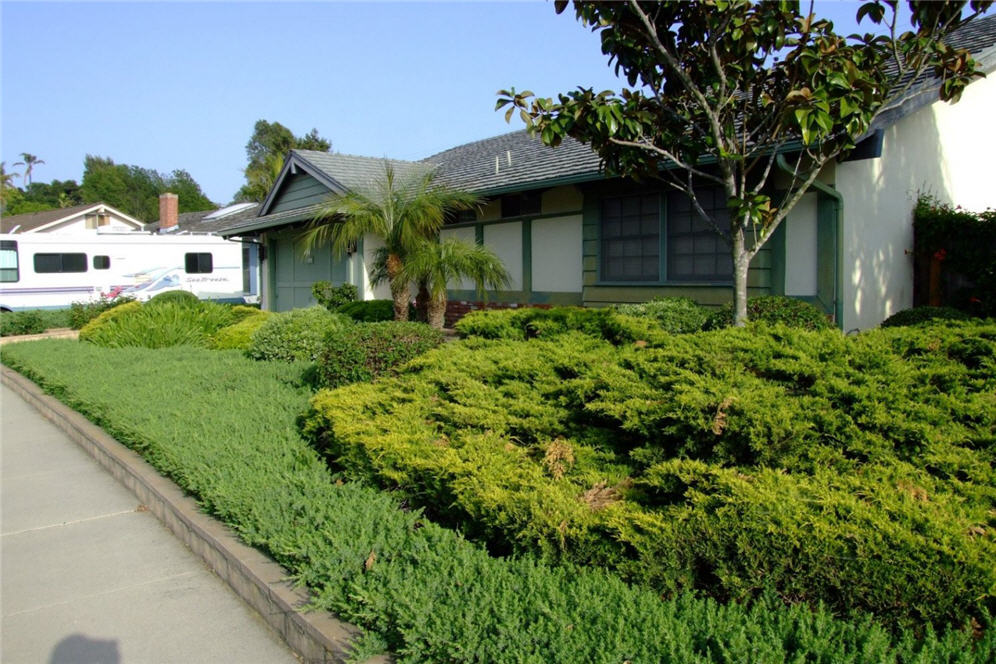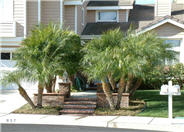
Common name:Pygmy Date Palm, Roebelin Palm
Botanical name:Phoenix roebelenii
This tree will grow to about 10' tall and has dark green, spiny petiole foliage. It does well in full sun to heavy shade; it likes moderate to heavy irrigation, but can take periods of dryness.
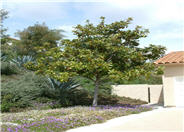
Common name:Southern Magnolia, Bull Bay
Botanical name:Magnolia grandiflora
Its large, simple, leathery appearance makes the pyramidal Magnolia grandiflora perfect for either a street or lawn tree. Its leaves are 4"-8" long, and its powerfully fragrant blooms are carried throughout the summer. Reddish brown cone shaped fruit appear in the fall. If these plants are grafted, they are more predictable (may take 15 years to bloom). Ungrafted trees will take only 2-3 years. Restricted root areas or heavy soils will slow the growth process.
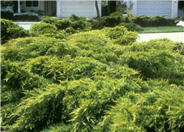
Common name:Golden Pfitzer Juniper
Botanical name:Juniperus X pfitzeriana 'Aurea'
New growth is a bright, golden yellow color; the juniper itself is fast-growing to a size of 5' tall by 10' wide. It prefers full sun in coastal areas but will benefit from afternoon shade in warm inland valleys. It is not fussy about soil as long as it has good drainage. Once established, it needs little watering.
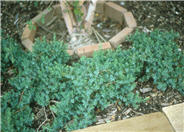
Common name:Blue Pacific Shore Juniper
Botanical name:Juniperus rigida conferta 'Blue Pacific'
This is the improved form of the Juniperus conferta, as the growth of this variety is more compact, with foliage that is a rich, blue-green color. Junipers are highly combustible plants.
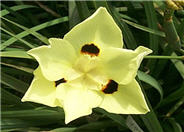
Common name:Yellow Moraea, Fortnight Lily
Botanical name:Dietes bicolor
This clumping perennial Iris relative stands 3'-4' high. It has light yellow, iris-like flowers with maroon blotches that are about 2" wide. It performs best in full sun and in soil with good drainage.
| Designer: | Monochromatic Green |
Photographer: GardenSoft |
Soils and Compost:
Practice grass-cycling by leaving short grass clippings on lawns after mowing, so that nutrients and organic matter are returned to the soil.
Water Saving Tip:
Check your irrigation controller once a month, and adjust as necessary.
Most plants require only one-third as much water in winter as they do in summer.
Integrated Pest Management:
Drip and other smart irrigation delivers water directly to roots, allowing no excess water for weeds.
